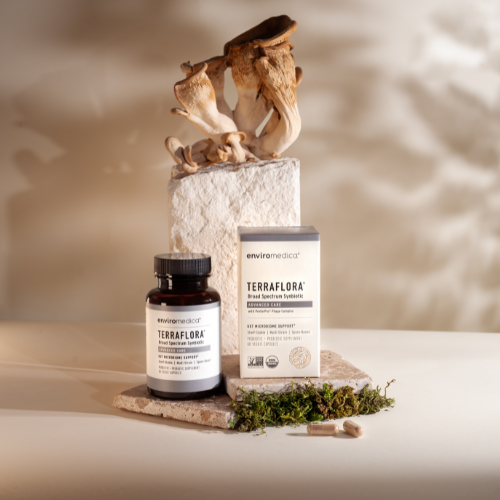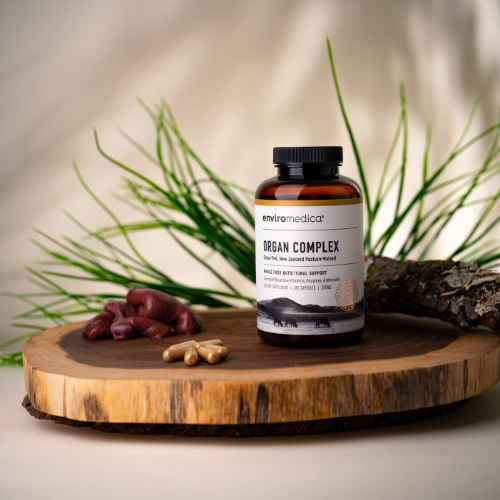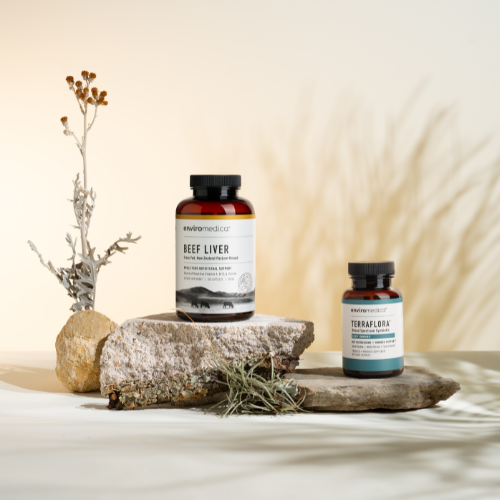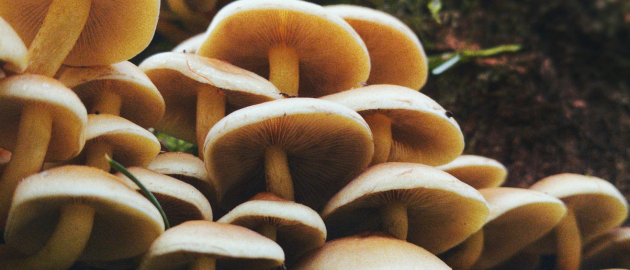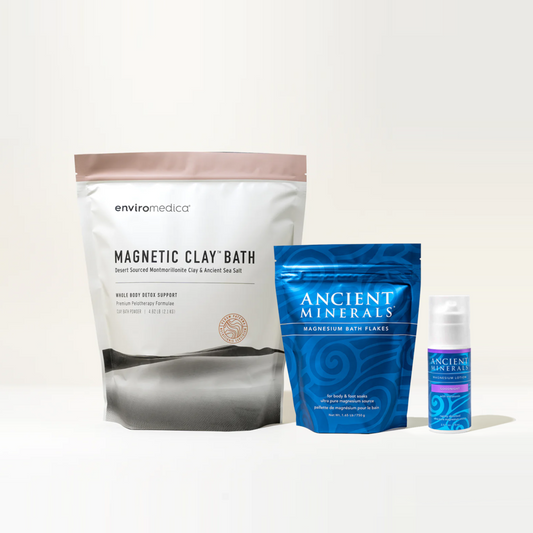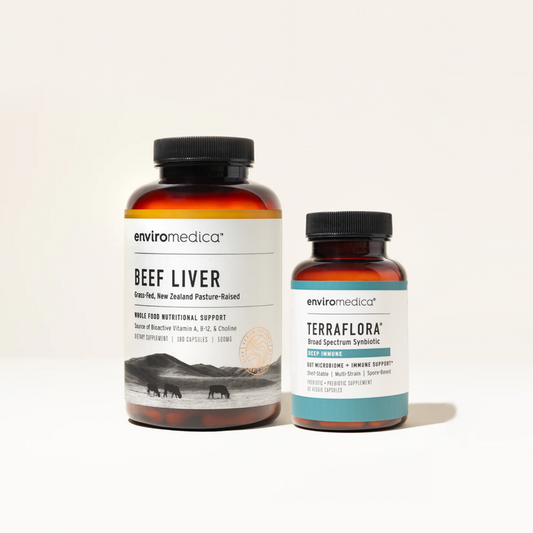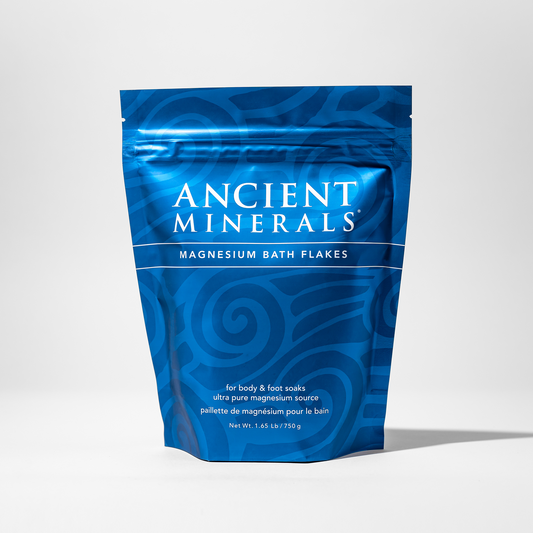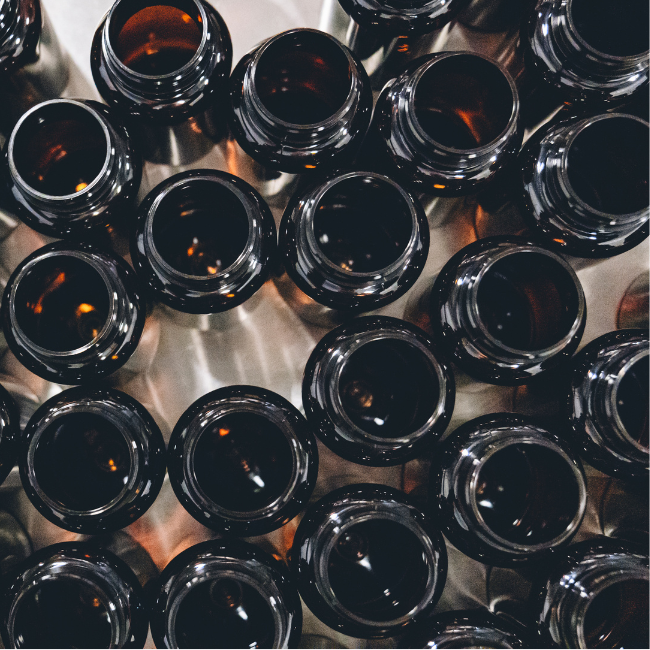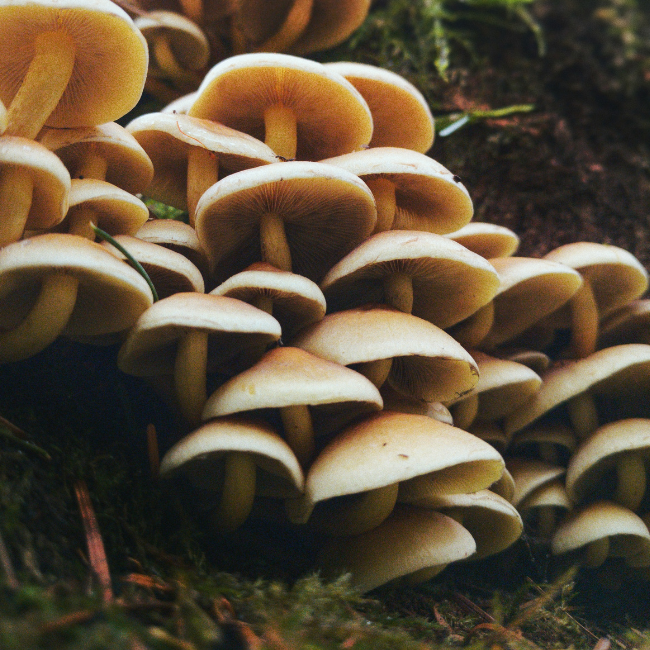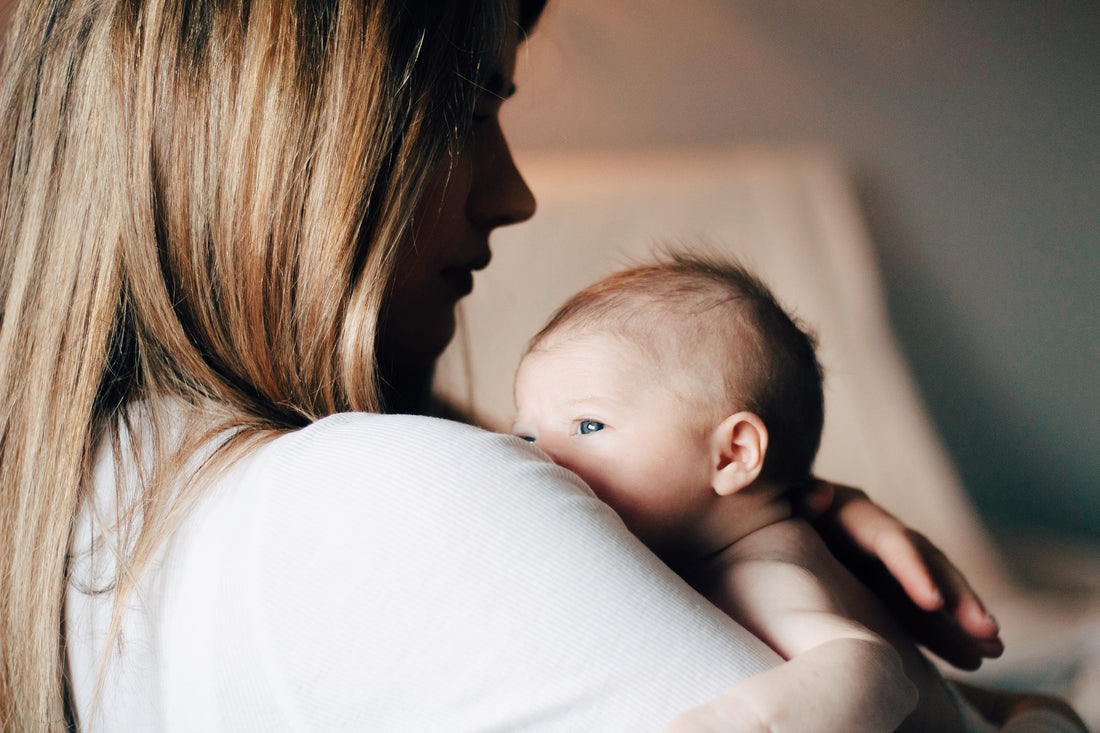Infants and Microbes
Through Western culture we are led to believe that bacteria on and in the body needs to be eliminated. Until very recently, newborn babies were immediately scrubbed clean and swaddle up, rather than being placed skin-to-skin on their mother. Luckily this practice is changing, as research reveals how necessary it is for infants to be exposed to the microbes on their mother rather than protected from them. With this information coming to light, more and more mothers are opting for immediate skin-to-skin contact, as traditional cultures have done for many millennia.

Our Relationship with Microbes
The current Western paradigm regards bacteria in the body as foreign or invasive. In recent decades the logic has been: “When foreign bacteria is removed or destroyed, disease is destroyed.” This led to a heavy reliance on antibiotics and antibacterial products. The history behind why is quite intriguing – you can read more about that in our article on Pasteur and Bechamp.
On the contrary, longstanding studies of the human microbiome reveal a different story.
Humans serve as a host to evolving microbes in highly plethoric communities. Over 100 trillion microbes live in the body. Collectively these microbes are known as our microbiome. Microbes colonized in the gut help to metabolize sugar, synthesize vitamins and minerals, and break down hard to digest compounds. Bacteria on the skin produces a moisturizing film to prevent cracks in the skin, and this film then protects against invading pathogens.
Mothers Promote the Health of Their Children by Shaping Their Microbiome
While an infant passes through the birthing canal, the mother passes significant microbes onto baby. She continues to pass this beneficial bacteria through breastfeeding. In an an NIH-funded study1, Dr. Kjersti Aagaard, an obstetrician at Baylor College of Medicine, examined the changes in vaginal microbiome during pregnancy. Her findings were the opposite of what she expected! Aagaard expected the bacteria making up the vaginal microbiome would remain the same as it existed prior to pregnancy; however, as early as the first trimester, the diversity of vaginal bacteria had immensely changed. She found that once abundant species dissipated, and new species of bacteria arrived.
One species that forms in the vagina, Lactobacillus johnsonii is usually found only in the gut, where it produces milk-digesting enzymes. Changing conditions in the vagina during pregnancy encourage this strain of bacteria to grow. “It’s an odd species to find proliferating in the vagina, to say the least,” states Dr. Aagaard.
During delivery, the baby will be covered by Lactobacillus johnsonii and even ingest some of it.
This is an important inoculation, as it prepares the infant to digest breast milk. Infants comes from a sterile environment, and once born are exposed to several environmental sources of beneficial bacteria; through the maternal vaginal canal and feces, swallowing and breathing, skin to skin contact, maternal breastmilk, etc.1
The Mother Continues to Pass Beneficial Bacteria to Baby During Breastfeeding
Baby’s microbiome continues to develop during breast-feeding. In a study of 16 lactating women published in 2017,2 Katherine M. Hunt of the University of Idaho and her colleagues reported that women’s milk had up to 600 species of bacteria, as well as non-digestible sugars called oligosaccharides. These sugars serve to nourish several beneficial gut bacteria in infants. The more that good bacteria thrives, the harder it is for harmful species of bacteria to grow and flourish, therefore highlighting the amazing immunization effects of breastfeeding.
For the first, approximately zero to seven days post-birth, colostrum (a thicker form of human milk) is provided to the baby by the mother. Colostrum is composed of approximately 70% leukocytes. Leukocytes defend the body against infectious diseases and foreign materials. The mother produces antibodies to the diseases she has already acquired, and her colostrum contains the antibodies produced by her body. The mother then passes these antibodies to the baby through her colostrum and milk.
There are several antibacterial, antiviral, anti parasitic factors found in human milk (such as Secretory IgA and IgG) that actually kill off harmful bacteria such as e-coli, viruses, and the flu, as well as many other toxins and bad bacteria. Immunoglobulins presented in both colostrum and mature milk protect the infant’s GI tract against penetration by organisms and antigens. Immunoglobulin A (aka IgA) binds to bacteria and prevents pathogens from binding to receptor sites and invading the gut. Lymphocytes and macrophages digest bacteria and make IgA and other protective substances.
This is the start of the newborn baby’s immune system.
The Microbiome Slowly Becomes More Complex
The immune system continues to mature throughout childhood. In a study published in the journal Science, Dr. Richard S Blumberg of Harvard and his colleagues reported:
Exposure to microbes during early childhood is associated with protection from immune-mediated diseases such as inflammatory bowel disease (IBD) and asthma. Here, we show that in germ-free (GF) mice, invariant natural killer T (iNKT) cells accumulate in the colonic lamina propria and lung, resulting in increased morbidity in models of IBD and allergic asthma as compared with that of specific pathogen-free mice.3
This and several other studies support the recognition that age-sensitive contact with commensal microbes is critical for healthy development of the immune system.
Science is discovering that babies are born through the vagina and near the anus for specific beneficial reasons, and that breastfeeding performs more complex functions than a supply of micro- and macro-nutrients.
This research leads us to question many Western interventions throughout pregnancy and lactation, such as elective cesarean section, not immediately placing baby on mother, not supporting breastfeeding, and routine antibiotic use before during and after pregnancy (especially broad-spectrum antibiotics).Unfortunately, broad spectrum antibiotics may kill off precious bacteria that have co-evolved with us and are actively maintaining the health of our bodies. When prescribing antibiotics, doctors hope that beneficial bacteria killed off in this way will regenerate on their own. However, the microbial ecosystem that once flourished does not repopulate on its own. Once good bacteria is killed off, invasive species can flourish. Which is why reintroducing beneficial microbes to the system with a quality probiotic is critical after a round of antibiotics.
Microbes have more relevance to human health than we once realized, and can be crucial for us to understand when dealing with disease processes such as obesity, asthma, autoimmune conditions, and bowel dysfunction.
References
- 1. AAgaard K., Riehle,K, Ma J, Segata N, Mistretta, TA, Coarfa C, Raza S, Rosenbaum S, Van Den Veyver, I, Milosavljevic, A, Geyers D, Huttenhower C, Petrozeno J, Versalovic J (2012) A Metagenomic Approach to Characterization of the Vaginal Microbiome Signature in Pregnancy. DOI: 10.1371/journal.pone.0036466
- 2. Hunt K, Foster J, Forney L, Schutte U, Beck D, Abdo Z, Fox L, Williams J, McGuire, M, McGuire MA (2001) Characterization of the Diversity and Temporal Stability of Bacterial Communities in Human Milk. DOI: 10.1371/journal.pone.0021313
- 3. Olzsak T, An D, Zeissig S, Vera M, Richter J, Franke A, Glickman J, Siebert R, Baron R, Kasper D, Blumberg R (2012) Microbial Exposure During Early Life Has Persistent Effects on Natural Killer T Cell Function. Science Magazine Vol. 336 no. 6080 pp. 489-493
